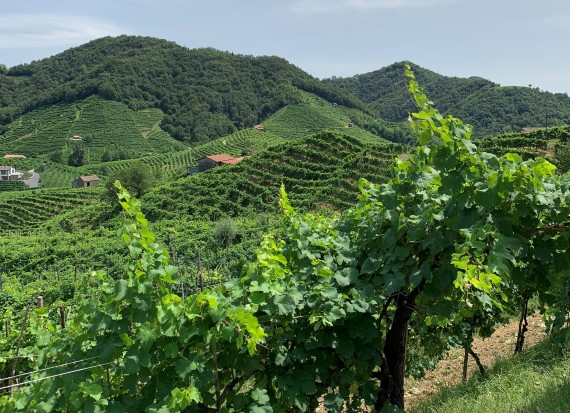In mid-May of this year, news broke that the Pinot Noir harvest in Prosecco DOC was going to come up short and as a result, demand would outstrip the supply of Rosé Prosecco. Retailers were quick to downplay concerns, with Lidl reassuring customers that there was no issue with supply.
In 2015, a poor Glera harvest coupled with soaring demand created a shortfall in prosecco. Cue mass hysteria, Vice.com ran the headline “Everybody Panic Because a Prosecco Shortage is Looming,” and every obeyed. Supermarket shelves were ransacked and queues at off-licenses stretched down high streets in what was dubbed the “Prosecco-palypse.”
If these frenzied scenes are going to repeat, it hasn’t happened yet. Either the toilet roll hoarding of 2020 has scratched the stockpiling itch, or the effects of the shortage haven’t materialised.
“Is this a bit of a PR stunt from the consortium? I don’t know. From on the ground, I haven’t heard any issues and have only had assurances,” says Ed Smith founder of The Emissary, the first independent British brand of prosecco rosé.
“Our vineyard has assured us that they’re going to be able to supply enough rosé prosecco and there won’t be a shortage for us, maybe there is a worry is for the bigger cooperative producers who mass produce.”
Rosé Prosecco is a category in infancy, only given the Italian government’s approval in May 2020, but unlike other nascent categories, it has an immediate familiarity.
“Rosé prosecco has been on the cards for years and it kept being pulled back and not approved by the consortium, year after year,” says Smith.
“Everyone knew it was going to be a popular category, coming off the back of Prosecco which is obviously wildly popular as a category itself and then combined with the popularity of Rosé. The Provence Rosé category has gone completely bananas as well, so it has been a meeting of two categories in what has been a perfect storm. But even though everyone expected it to do well it has probably exceeded expectations.”
And Smith is assured that even in the unlikely event of a shortage, this pedigree will keep customer confident in the category.
“It’s very well established as a category and will remain popular particularly amongst British consumers. If there are shortages, I don’t think there’s any threat of reputational damage as it’s been so well received. The very fact that we’re discussing whether shortages could potentially become an issue shows how popular it is.”
As witnessed in the aftermath of the 2014 harvest, the short production cycle of Prosecco makes it adaptable year on year. A Pinot Noir shortage chalked up as teething problems won’t necessarily reoccur.
“If it does become a problem, it will be the 2022 vintage where they can fix it,” says Smith. “As it is non-vintage, they’ll quickly be able to manage the supply and it will be a quick fix. Vineyards can put more of ground down to the Pinot Noir grape, and as this is so early on in the life of the category that’s the balance that the producers are going to have to work out, how many Pinot Noir grapes they grow to meet Rosé demand.”




